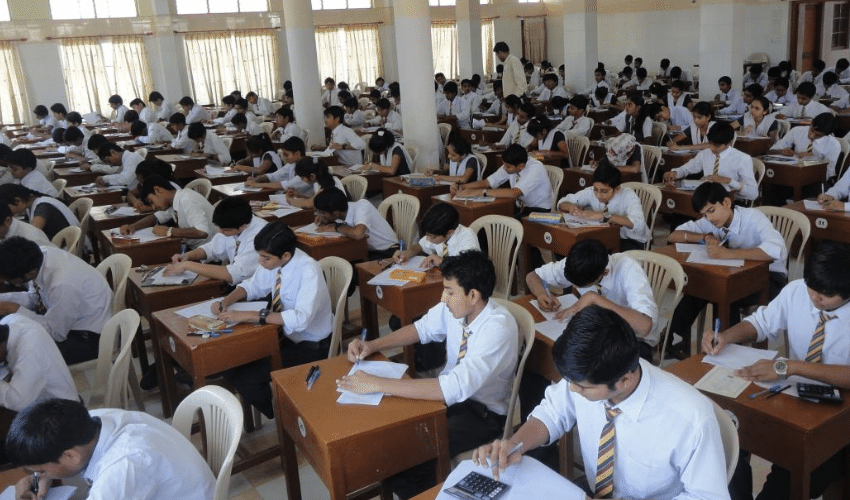The age-old numerical grading system in matric and inter exams will be completely replaced by a grading system starting from March next year.
The Board of Intermediate and Secondary Education (BISE) Rawalpindi has officially confirmed this groundbreaking decision, marking the end of a 76-year tradition dating back to the country's founding in 1947.
Key changes
Under the new system, the familiar numerical scores will be replaced by cumulative grade point averages (CGPA), ushering in a more modern and internationally recognized method of evaluating students' academic performance.
One significant change is the elimination of the previous 33% passing mark, now replaced by a 40% passing score. This adjustment, initially implemented for Class IX and intermediate Part I, is aimed at setting a higher standard for academic success. Students and educators have welcomed this move, anticipating a more nuanced and fair assessment of students' capabilities.
To aid in the smooth transition, the Punjab Board has taken the initiative to train education boards in Sindh. This collaborative effort ensures that all stakeholders, including education boards, teachers' organizations, and private educational institutions, are well-informed and prepared for the upcoming changes.
New grading system
The new grading system introduces a range of grades, with A++ for scores between 95-100%, A+ for 90-94%, A for 85-89%, and B++ for 80-84%. The grading scale continues with B+ (75-79%), B (70-74%), C (60-69%), D (50-59%), E (40-49%), and F for scores below 40%. This shift towards a more detailed grading system aims to provide a clearer picture of students' performance.
Preparations for the implementation of this new system are underway, and the decision follows a deferred attempt to introduce a GPA-based system due to technical issues. The existing numerical system will be maintained for this year's matriculation and intermediate results, offering a grace period for students and educators to adapt to the impending changes.



























